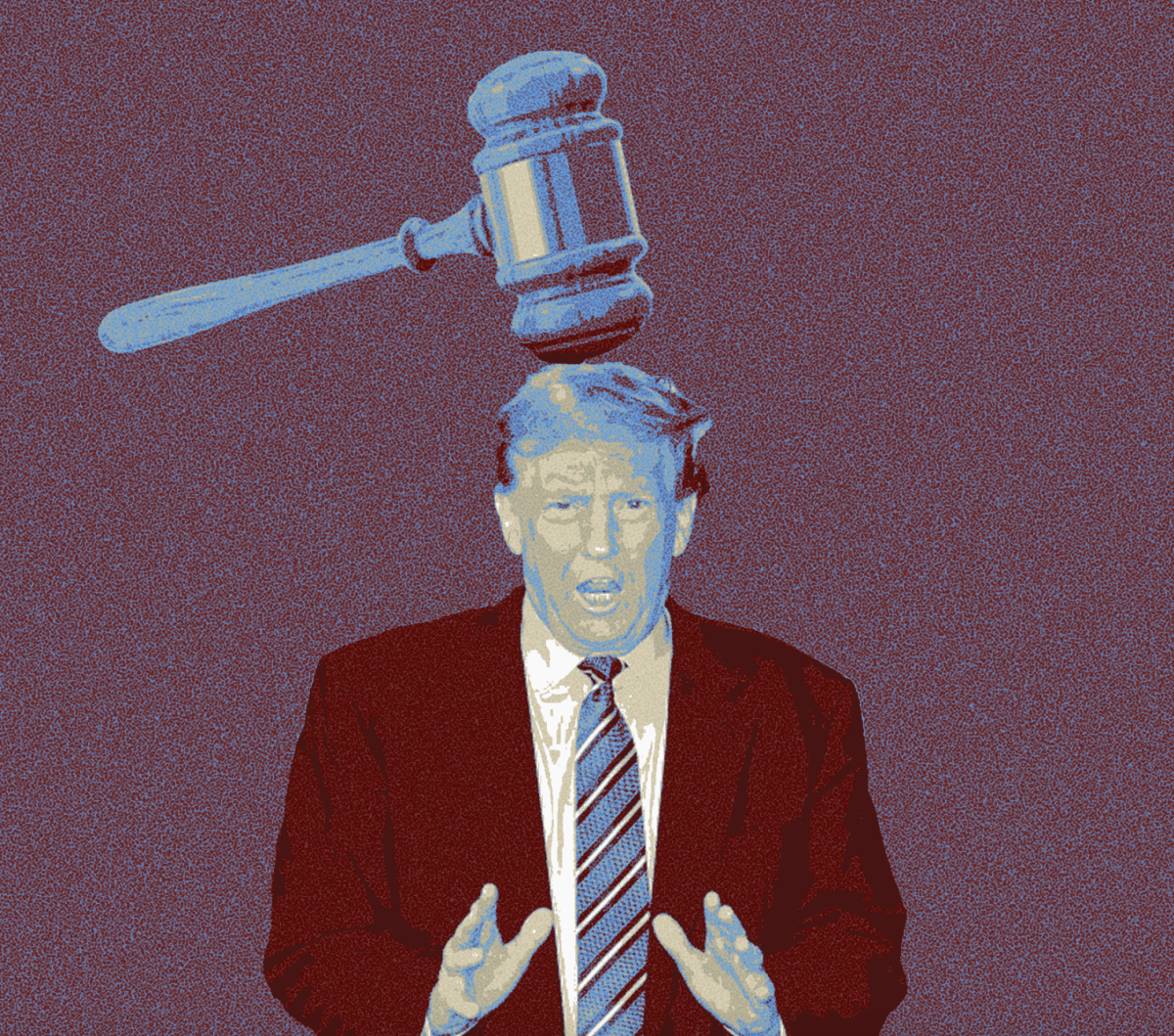As gender-inclusive bathrooms become more normalized, so do the arguments both for and against them.
As we live in a world of misinformation, there are a few clarifications needed to truly understand the basis of this argument, and why gender-inclusive bathrooms are a necessity as we head into a more inclusive future.
The first is the constant confusion between gender and sex, as they are often perceived to be the same thing. But they are not.
Gender is defined by Dictionary.com as “either of the two sexes (male and female), especially when considered with reference to social and cultural differences rather than biological ones.” Sex is defined as “either of the two main categories (male and female) into which humans and most other living things are divided on the basis of their reproductive functions.”
Per these definitions, gender is a definite social construction, while biological sex is obviously not. When discussing the gender-inclusive bathroom argument, sex is not argued as a social construct or even argued at all, as gender and gender identity are the main focus.
The second clarification is the various identities that would be, and are affected by, what has been coined as “bathroom bills” by conservatives.
Most identities who the gender-inclusive bathrooms are geared towards (not all, as new ones are created everyday) are covered under the umbrella of being transgender, which is, as defined by Gay & Lesbian Alliance Against Defamation (GLAAD), “An umbrella term for people whose gender identity and/or gender expression differs from what is typically associated with the sex they were assigned at birth. They may describe themselves using one or more of a wide variety of terms – including transgender. A transgender identity is not dependent upon physical appearance or medical procedures.”
Per this definition, gender-neutral, non-binary and intersex folks all fall under the transgender umbrella.
While we are getting our genders in order, it is also important to note that intersex is defined as “a person is born with a combination of male and female biological characteristics, such as chromosomes or genitals, that can make doctors unable to assign their sex as distinctly male or female,” according to Planned Parenthood.
It should also be noted that the same source estimates that 1 in 100 people in the U.S. are born intersex. This is far more than the 1 in 500-1,000 people born with extra fingers or toes (defined as Polydactyly) in the US.
According to the Williams Institute in 2016, 1.4 million Americans identify as transgender, which is a whole lot more than one. Keeping this in mind, the need to bring up change as a result of discomfort is exemplified in why we have women’s voting rights and handicap parking spaces, even if it does not affect everyone, the rights are still needed.
Bathrooms are based on gender. Hence the use of “Women” and “Men” lingo and signage. If bathrooms were to be based on sex, we would have “Male” and “Female” bathrooms. This would force the need for an “Intersex” bathroom as well, if one would like to see bathrooms from a strictly sex-based point of view.
Since trans men and trans women are men and women, trans men go to the bathroom with other men and trans women go to the bathroom with other women. However, with the addition of a gender-inclusive bathroom, this would provide a space for people outside the binary.
Even if you feel “uncomfortable” with transgender folks in bathrooms, there is no way you would actually know if someone was transgender or not. And even if you perceive the person as transgender, the uncomfort you would be feeling is transphobia, which is defined as, “an irrational fear of, aversion to, or discrimination against transgender people” according to Merriam-Webster.
A common argument against gender inclusive bathrooms is the notion that it opens the door for potential pedophiles and sexual abusers.
Pedophiles and sexual abusers are pedophiles and sexual abusers, regardless of the situation.
In studies by the Southern Poverty Law Center, “children are not more likely to be molested by LGBT parents or their LGBT friends or acquaintances.” Through this research, it should be noted that the association between pedophilia and LGBTQ+ issues is homophobia, as it perpetuates harmful stereotypes long-since fact-checked.
The use of an example of a cisgender men or women posing as a transgender person is inappropriate in this argument as it does not address gender-inclusive bathrooms for the people who the bathrooms are created for, which is transgender people and people who live outside of the binary.
However, this example does provide excellent evidence of an entity for the LGBTQ+ community that had been ruined by people outside of the community. The first being Pride parades, but that is for a different article.
Anyone has a right to a bathroom. You have the right to use a restroom, use period products and change your child’s diaper in the privacy of a bathroom. This is all regardless of sex, gender identity, age, race, ethnicity, sexual orientation, religious identity, bodily capability, country of origin, socioeconomic status or “your creator.”
A bathroom is a need, based on all human functions, regardless of gender. Everyone should be able to do their business in peace. And most reasonable people would agree with that.
No one is trying to get rid of biological sex. However, since gender is a social construct as established, and is “assigned” at birth, there should be no problem in the changing of gender or a bathroom’s inclusivity of gender.
A very important reminder is that gender and sex are not the same thing. They do not mean the same thing. They cannot be used interchangeably. They are not the same thing.
Say yes to gender-inclusive bathrooms.
Connect with Kaitlin on Twitter @KaitlinHahn_.










Laura • Oct 17, 2019 at 6:44 pm
I couldn’t agree more! I saw this meme the other day that said “Gender was invented to sell more bathrooms” lmao. People didn’t have any issues with the old fashioned “unisex” bathrooms, but now all of the sudden, the idea of a gender-inclusive bathroom is offensive? Transphobia and ignorance to gender as a social construct are the root of the issue. Once people get over their pre-conceived notions and get with the times, gender-inclusive bathrooms will be the norm. Hopefully.